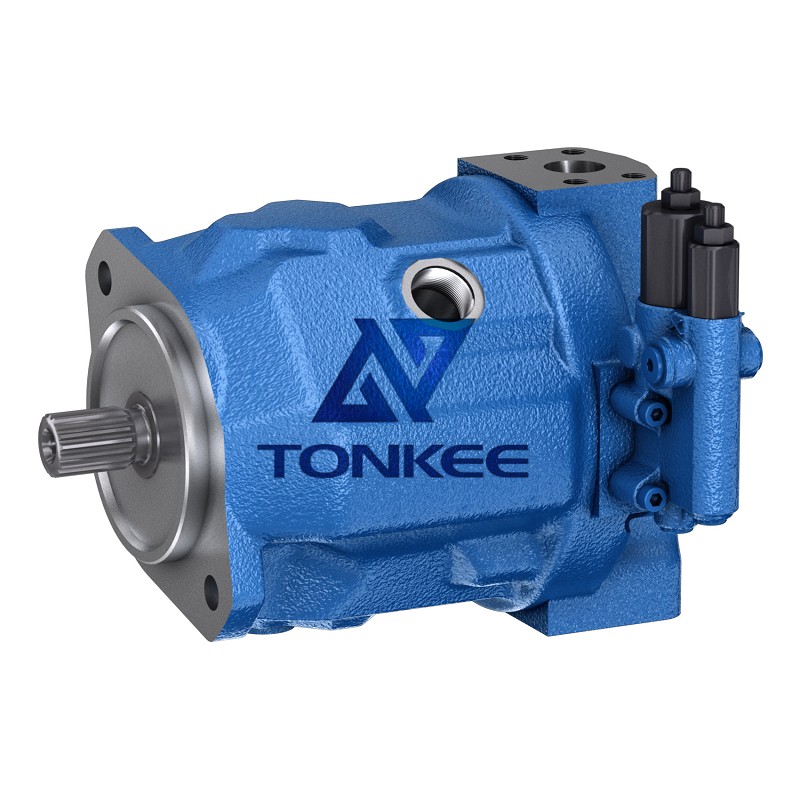
The valve plate is typically made of high-quality materials such as hardened steel or aluminum alloy to ensure durability and resistance to wear.
It is precisely machined to tight tolerances to guarantee a proper fit and optimal functionality within the hydraulic pump assembly.
The valve plate consists of various channels, ports, and control surfaces that determine the movement and distribution of hydraulic fluid. These features are designed to regulate the pressure and flow rate of the fluid, enabling the hydraulic system to perform specific tasks with accuracy and power.
The primary function of the valve plate is to control the reciprocating motion of the pistons within the hydraulic pump. As the pistons move back and forth, they create pressure differentials that drive the flow of hydraulic fluid. The valve plate contains a series of openings and passages that direct the fluid to the appropriate chambers and valves, allowing for efficient operation of the pump.
In addition to controlling fluid flow, the valve plate also plays a crucial role in reversing the direction of hydraulic fluid when required.
By redirecting the fluid through different channels and ports, the valve plate enables the pump to change the direction of hydraulic force, facilitating the desired movement of the machinery.
The valve plate's design and configuration may vary depending on the specific hydraulic pump model and application. Therefore, the SBS80 (CAT312C) Valve Plate Left is specifically engineered to meet the requirements and specifications of the CAT312C excavator's hydraulic system.
When installing or replacing the valve plate, it is crucial to ensure proper alignment and sealing to prevent leaks and maintain optimal hydraulic performance. Regular inspection and maintenance of the valve plate are necessary to detect any signs of wear, damage, or malfunction that may affect the overall efficiency of the hydraulic pump.





 English
English português
português Русский язык
Русский язык










